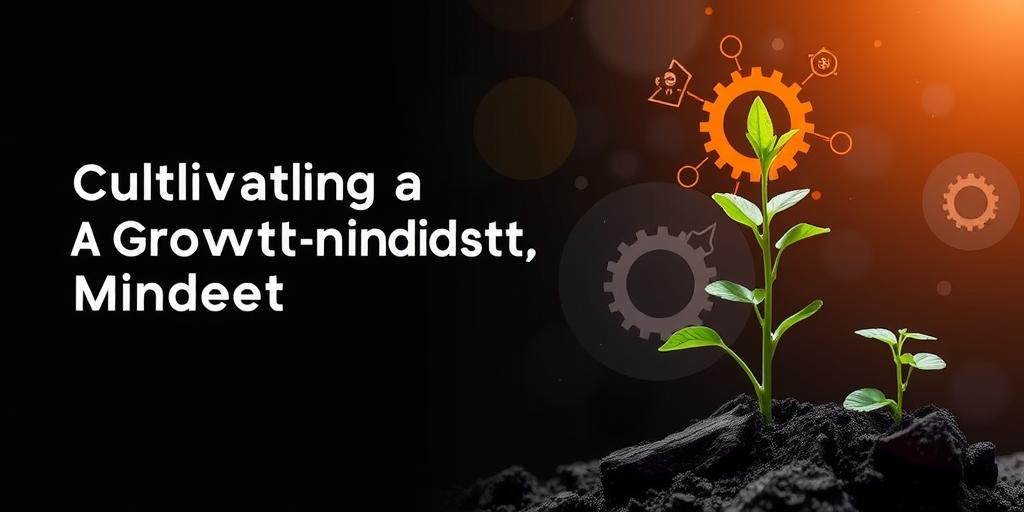Cultivating a Growth Mindset Culture in Your Company
In today's rapidly evolving business landscape, a company's ability to adapt, innovate, and learn is crucial for sustained success. One of the most effective ways to foster these capabilities is by cultivating a growth mindset culture. This article will explore what a growth mindset is, why it's important for your company, and actionable strategies for creating such a culture.
What is a Growth Mindset?
The concept of a growth mindset, popularized by Carol Dweck, a Stanford University psychologist, revolves around the belief that abilities and intelligence are not fixed traits but can be developed through dedication, hard work, and learning from mistakes. This is in contrast to a fixed mindset, where individuals believe their talents and abilities are innate and unchangeable.
Why is a Growth Mindset Important for Your Company?
- Enhanced Innovation: A growth mindset encourages employees to take risks, experiment with new ideas, and view failures as learning opportunities, which fuels innovation.
- Increased Resilience: When employees believe they can improve, they are more likely to persevere through challenges and setbacks.
- Improved Collaboration: A growth mindset fosters a culture of openness and knowledge sharing, where employees are eager to learn from each other.
- Higher Employee Engagement: Employees feel more motivated and engaged when they see opportunities for growth and development within the company.
- Better Adaptability: In a rapidly changing business environment, a growth mindset enables companies to quickly adapt to new technologies, market trends, and competitive pressures.
Actionable Strategies for Cultivating a Growth Mindset Culture
- Leadership Buy-In: Cultivating a growth mindset starts at the top. Leaders must embrace a growth mindset themselves and champion it throughout the organization. This involves:
- Openly sharing their own learning experiences and mistakes.
- Recognizing and rewarding employees who demonstrate a growth mindset.
- Providing resources and support for continuous learning and development.
- Training and Development Programs: Implement training programs that educate employees about the growth mindset and provide them with practical tools for developing it. These programs should focus on:
- Understanding the science behind the growth mindset.
- Challenging fixed mindset beliefs and assumptions.
- Developing strategies for overcoming challenges and setbacks.
- Practicing self-compassion and resilience.
- Feedback and Recognition: Create a culture of constructive feedback and recognition that emphasizes learning and growth rather than just outcomes. This involves:
- Providing regular feedback that is specific, actionable, and focused on improvement.
- Recognizing and rewarding employees for their effort, progress, and learning.
- Celebrating failures as learning opportunities.
- Promote a Learning Environment: Encourage continuous learning and development by providing employees with access to resources such as:
- Online courses and webinars.
- Mentorship programs.
- Conferences and workshops.
- Internal knowledge-sharing platforms.
- Encourage Experimentation and Risk-Taking: Create a safe space for employees to experiment with new ideas and take calculated risks. This involves:
- Providing resources and support for innovation projects.
- Celebrating successful experiments and learning from unsuccessful ones.
- Removing barriers to experimentation and risk-taking.
Conclusion
Cultivating a growth mindset culture is an ongoing process that requires commitment and effort from all levels of the organization. By embracing the principles of a growth mindset, companies can create a more innovative, resilient, and engaged workforce that is better equipped to thrive in today's dynamic business environment.









